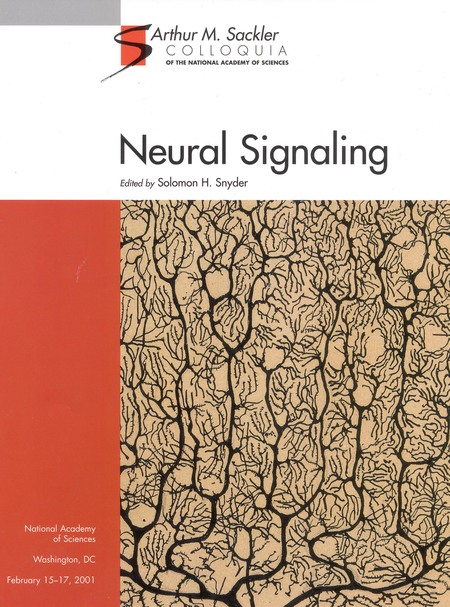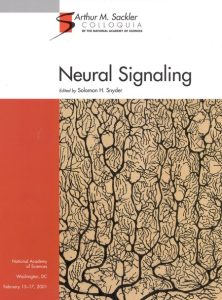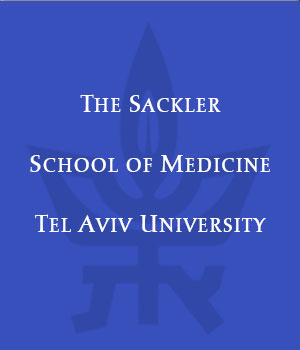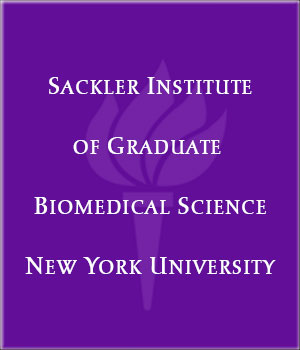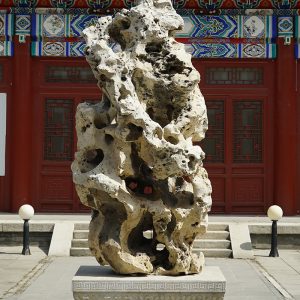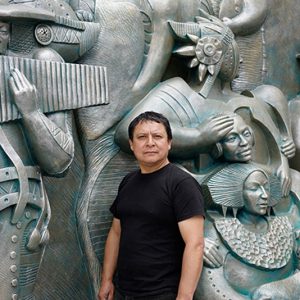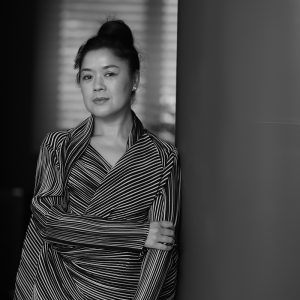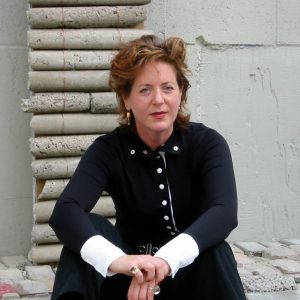Arthur M. Sackler Colloquia of the National Academy of Sciences
The inspiration for the Arthur M. Sackler Colloquia began in 1986 following discussions between Dr. Arthur M. Sackler and Dame Jillian Sackler with Dr. Frank Press, President of the National Academy of Sciences, about the need to break through the then-prevailing stove-top model of separating scientific specialties. They agreed to start the Arthur M. Sackler Colloquia so research results could be shared with various scientific disciplines, ensuring cross-fertilization of ideas and quicker implementation of findings. Annually, four Colloquia would be convened at the NAS headquarters in Washington, DC and contributors from all over the world would be invited, with an eminent keynote speaker giving the Arthur M. Sackler Lecture. Following Dr. Sackler’s untimely death in 1987, this program was established by Dame Jillian Sackler.
The inaugural Arthur M. Sackler Colloquium, titled “Neural Signaling,” was held on February 15–17, 2001, marking the formal start of the series. The Colloquia were made possible by a generous endowment from The Dame Jillian and Dr. Arthur M. Sackler Foundation for the Arts, Sciences & Humanities, in memory of Arthur M. Sackler.
The Arthur M. Sackler Colloquia addressed scientific topics of broad and current interest that cut across the boundaries of traditional disciplines. Each year, three to four Colloquia were scheduled, typically two days in length and international in scope. Each colloquium was organized by a member of the NAS, often with the assistance of an organizing committee, and feature presentations by leading scientists in the field and discussions among one hundred or more researchers with an interest in the topic. Colloquia were held at the Arnold and Mabel Beckman Center in Irvine, California. One Colloquia each year was held at the National Academy of Sciences in Washington, D.C. and included the Annual Sackler Public Lecture.
Selected Arthur M. Sackler Colloquia (2001–2024):
- Neural Signaling
- Date: February 15–17, 2001
- Details: The inaugural colloquium, launching the series with a focus on neuroscience.
- Self-Organized Complexity in the Physical, Biological, and Social Sciences
- Date: February 19, 2002
- Details: Explored complexity across disciplines; published in PNAS (99(Suppl. 1)).
- Chemical Communication in a Post-Genomic World
- Date: November 25, 2003
- Details: Focused on chemical signaling post-genomics; PNAS (100(Suppl. 2)).
- Mapping Knowledge Domains
- Date: April 6, 2004
- Details: Addressed organizing scientific knowledge; PNAS (101(Suppl. 1)).
- Systematics and the Origin of Species
- Date: May 3, 2005
- Details: Evolutionary biology focus; PNAS (102(Suppl. 1)).
- In the Light of Evolution III: Two Centuries of Darwin
- Date: June 16, 2009
- Details: Part of a recurring evolution series; PNAS (106(Suppl. 1)).
- The Science of Science Communication
- Date: May 21–22, 2012
- Details: Launched a trilogy on science communication; PNAS (110(Suppl. 3), 2013).
- In the Light of Evolution IX: Clonal Reproduction: Alternatives to Sex
- Date: January 9–10, 2015
- Details: Evolution series continued; PNAS (112(3)).
- Coupled Human and Environmental Systems
- Date: March 14–15, 2016
- Details: Included the 16th Annual Sackler Lecture; PNAS (114(22)).
- Creativity and Collaboration: Revisiting Cybernetic Serendipity
- Date: March 13–14, 2018
- Details: Explored art-science intersections; PNAS (116(6)).
- Using Monkey Models to Understand and Develop Treatments for Human Brain Disorders
- Date: January 7–8, 2019
- Details: Neuroscience focus; PNAS (116(52)).
- The Science of Deep Learning
- Date: March 3–4, 2019
- Details: AI and machine learning; PNAS (117(48), 2020).
- Life 2.0: The Promise and Challenge of a CRISPR Path to a Sustainable Planet
- Date: June 1, 2021 (published date; event likely earlier)
- Details: CRISPR technology and sustainability; PNAS (118(22)).
- Advancing the Science and Practice of Science Communication: Misinformation about Science in the Public Sphere
- Date: April 3–4, 2019
- Details: Tackled misinformation; PNAS (118(15), 2021).
For a complete list, please consult the National Academy of Sciences’ official records or PNAS archives (nasonline.org or pnas.org)
This program officially ended on December 31, 2024.
- Arthur M. Sackler Colloquia of the National Academy of Sciences
The Sackler School of Medicine, Tel Aviv University
Arthur Sackler was asked to help found a new medical school in the young state of Israel. He was intrigued by the need and potential, and he negotiated a special stipulation that doctors who qualified at the Sackler School of Medicine in Tel Aviv had the right to practice in New York. He asked his brothers to join him and they did. The school officially opened in October 1972. It was not only the largest medical school in Israel, with an enrollment of 2,400 students, it stood at the forefront of medical and health education in the country. In 1976 a unique Israel-New York program was introduced: Every year, 40 New York residents are subsidized to enter the program in Tel Aviv and trained according to United States standards. In return, they must agree to return home and practice in parts of New York State where doctors are scarce.
Sackler School of Medicine
17 East 62nd Street
New York, New York 10065
Arthur M. Sackler Center for Health Communications, Tufts University
The Arthur M. Sackler Center for Health Communications, at Tufts University on Boston’s Harrison Avenue, opened in 1986. There were several days of celebrations, including the first live University conference across the world with an international symposium on health that would link with Chinese scientists. The Minister of Public Health, Dr. Qian Xinzhong, was in attendance with other Chinese doctors, and many took part from a location in Beijing. The building provided classroom and office space and a state of the art library with the latest in computer technology.
Tufts University
145 Harrison Avenue,
Medford, MA 02155
http://medicine.tufts.edu/
Arthur M. Sackler Sciences Center, Clark University
Ground breaking ceremony was held Saturday, May 21, 1983
The Center includes a new structure with 24,000 square feet of space on three levels, connecting with the Bio-Physics Building and Jeppson laboratory. Approximately 43,500 square feet of space in the older buildings will be renovated as part of the overall project. This was made possible through generous gifts from trustees, friends, alumni, foundations, and corporations. The Arthur M. Sackler Sciences Center at Clark University opened on March 1, 1985.
Clark University
950 Main Street
Worcester, MA 01610
http://www.clarku.edu/departments/chemistry/research/facilities.cfm
The Sackler Institute of Graduate Biomedical Sciences, New York University
President James McNaughton Hester asked Arthur Sackler for a donation and his brothers joined. The Sackler Institute of Graduate Biomedical Sciences opened in 1980. It was a model of diversity with African, Native and Hispanic Americans and people with economic and physical disabilities making up a sizable percentage of the enrollment. Students came from Europe, Africa, Asia, Central and South American; and more than half of the graduate candidates were women. Many students went immediately into teaching, medicine, industry, law and government. Sackler was on the Board of Trustees of New York University from 1982-7.
NYU Medical Center
550 First Avenue, New York, NY 10016
Sackler-Info@med.nyu.edu
http://sackler.med.nyu.edu
The Sackler School of Graduate Biomedical Sciences, Tufts University
President of Tufts, Jean Mayer, contacted Sackler in January 1979 and proposed building a new Sackler college on the Medical School campus in the center of Boston. The whole deal was quickly accomplished, the first agreement was drawn up in September 1979 and the final was signed, together with his brothers, in January 1980. The groundbreaking took place on October 7, 1980 with Margaret Heckler, Secretary of Health and Human Services, in attendance at Sackler’s invitation. The school could offer double degrees – MD-PhD, VMD-PhD or DMD-PhD. Sackler suggested Lou Lasagna, known as the father of clinical pharmacology, then at University of Rochester Medical Center in New York, to be Founding Dean.
Tufts University
145 Harrison Avenue,
Medford, MA 02155
http://sackler.tufts.edu/
